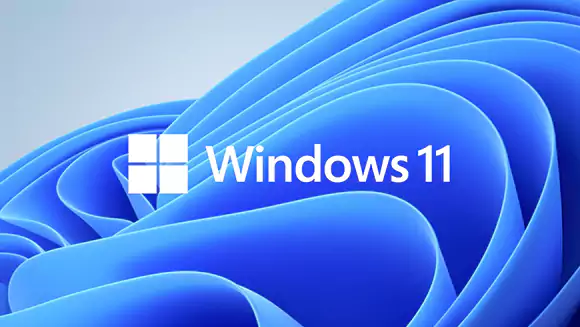
Windows 11 OS Reviewed – The Pros and Cons
Windows 11 is the latest operating system from Microsoft that was released in October 2021. It is an upgrade from Windows 10 and boasts a new interface, better performance, and a host of new features. In this review, we’ll explore the pros and cons of Windows 11 and whether it is worth the upgrade from Windows 10.
Pros:
- New and Refreshing Interface: One of the biggest selling points of Windows 11 is its new interface. It features a centered start menu, rounded corners, and overall cleaner design. This new look brings a refreshing change from the old Windows 10 interface and makes the operating system feel more modern.
- Improved Performance: Windows 11 (#ad) is faster and more efficient than its predecessor. Microsoft has optimized the operating system to work better with modern hardware and has reduced the overall resource usage. This means that your computer will run faster, and you’ll experience fewer performance issues.
- Better Multitasking: Windows 11 makes multitasking easier with its snap layout feature. This feature allows you to snap windows to specific locations on the screen, making it easier to work with multiple apps simultaneously. It also has virtual desktops, which allows you to create separate desktops for different workflows.
- Improved Touchscreen Support: Windows 11 has better touchscreen support than Windows 10. Microsoft has optimized the interface to work better with touchscreens, and this makes it more intuitive to use on touchscreen devices.
- New Features: Windows 11 comes with a host of new features that weren’t available in Windows 10. Some of these features include:
- Widgets: Windows 11 features a new widget interface that allows you to see news, weather, and other information at a glance.
- Microsoft Teams integration: Windows 11 integrates Microsoft Teams directly into the operating system, making it easier to collaborate with coworkers.
- Microsoft Store: The Microsoft Store has been revamped in Windows 11, making it easier to find and download apps such as Microsoft Office (#ad).
Cons:
- Hardware Requirements: One of the biggest downsides of Windows 11 is its hardware requirements. It requires a modern CPU with at least 4 cores, 64-bit support, and a Trusted Platform Module (TPM) version 2.0. This means that older computers and laptops may not be able to upgrade to Windows 11, and this may require users to purchase new hardware.
- Compatibility Issues: Some older software may not be compatible with Windows 11. This means that you may need to update your software or find alternatives that work with Windows 11.
- Limited Customization: While the new interface in Windows 11 is refreshing, it comes at the cost of customization. There are limited options to customize the interface, and this may be a downside for power users who prefer to tweak their interface.
- No Live Tiles: Windows 10 had live tiles that allowed you to see real-time information from apps on the Start menu. Windows 11 doesn’t have this feature, and this may be a downside for users who liked the convenience of live tiles.
- Updates: Windows 11 requires automatic updates, and this may be a downside for users who prefer to control when their system updates.
Conclusion:
Windows 11 is a very minor upgrade from Windows 10 with its new interface, improved performance, and better multitasking. However, the hardware requirements and compatibility issues may be a downside for some users. Overall, Windows 11 is a unstable operating system that is not worth the upgrade for most users.
Custom Windows 11 Widgets